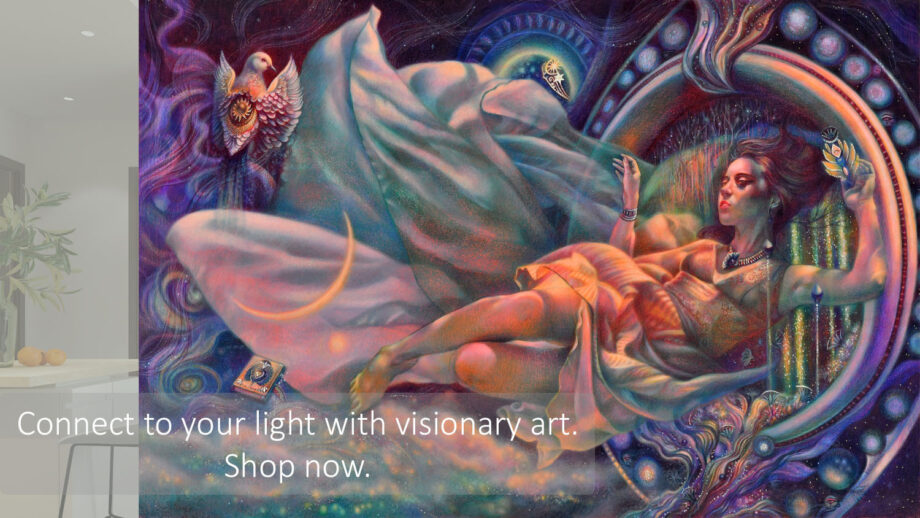All artists strive for acceptance and appreciation. However, the meaning of appreciation may be unique to each artist. Many painters want to win in shows or receive recognition via art sales as a fair validation of their talent and hard work. I don’t think anyone wishes to perish in obscurity without the proper acknowledgment of his or her gift.
It’s interesting to learn that numerous famous artists admired today often struggled both financially and emotionally. Riveted by poverty and seclusion, they lived the creative life in obscurity. Studied in art history classes, admired in art museums, and owned by some wealthy art collectors today, many famous artists were often unknown or underrated during their lifetime. Only after their death, sometimes decades later, they found proper recognition in contemporary society.
If we look back at the art history prior to the 19th-century, the vast majority of artists worked on public paintings commissioned by the Church, the State, and the mega wealthy. Most of recorded artists were male with very few female artists immortalized on the pages of art history books.
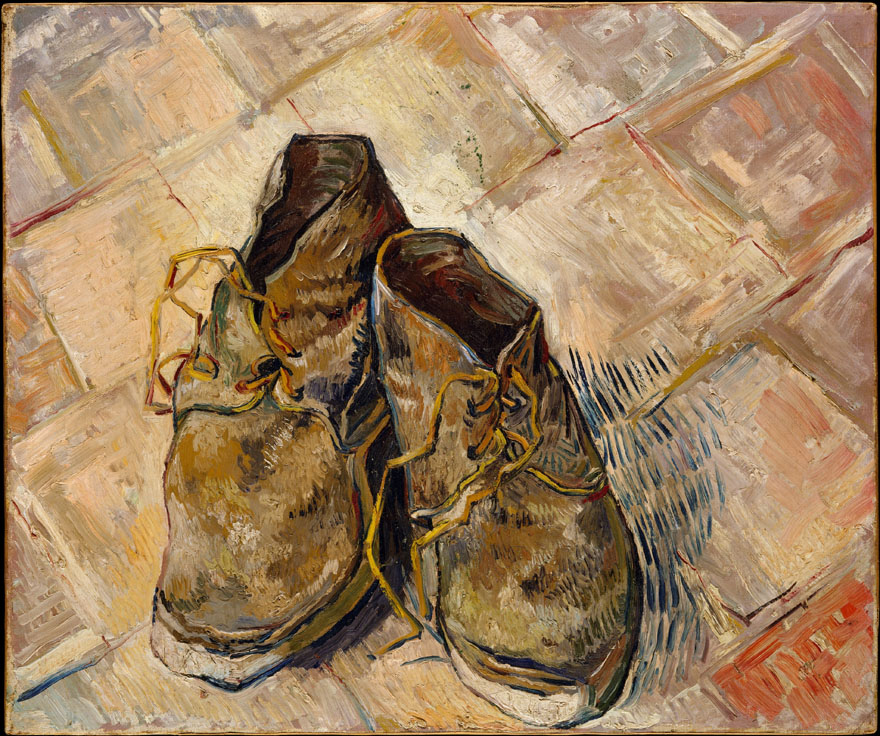
The birth of new art movements
In the 19-th century Paris, the Salon was the most prestigious official space to exhibit contemporary realist art. Sponsored by the French authorities, the Salon has become the annual event since 1737.
The Paris Salon, officially known as the Salon de Paris, was a prestigious art exhibition held annually (and later biennially) from 1667 to 1974. It was a major platform for artists to showcase their work and gain recognition, especially in the 18th and 19th centuries. Some famous artists who exhibited at the Paris Salon were Ingres, David, Delacroix, and Manet.
It was the only important exhibition existing in the country. Receiving acceptance into its annual show was crucial to the artist’s success and career. The Salon’s jury process was controlled by the most talented and skilled Academicians who picked the art for the show. Despite its authority and beautiful art the academy produced, it resisted innovation in classical art. This time period became a place of change when several new art movements emerged. As the importance of getting commissions from the Church and the State vanned around that time, it catapulted the artistic creativity and freedom of expression.
The Impressionists broke away from the classical tradition and became the first modern movement to organize their own, separate shows in Paris. Degas was one of the leaders in this organization. Russian classical school of painting branched out to the Itinerants movement in late 19th century. The art world exploded with new art styles and movements. The traditional, academic style of painting was suddenly losing its ground to the impressionism, post-impressionism, neoclassicism, romanticism, social realism, American realism, the pre-Raphaelites, pointillism, symbolism, art nouveau, and even photography. It continued well into the 20th century with the freedom of artistic expression in fauvism, cubism, expressionism, European avant-garde, surrealism, futurism, dada, collage, fantasy, abstract expressionism, and so on.
Famous artists who died before becoming famous
If we go back to the 19th-century art, although artists became independent from the State and the Church, which dramatically changed the subject matter and the painting style, many lived in extreme poverty. The amateur painter, Vincent Van Gogh struggled both financially and emotionally throughout his life and only his brother Theo recognized and supported his talent.
Classically trained Antoine-Jean Gros started out brilliantly with his painting Napoleon in the Pesthouse at Jaffa, 1804, but drowned himself in a river after 30 years of haunting criticism and artistic failure that followed. An engraver, painter, and poet, William Blake was discovered only a century later after his death. French realist artist, Honore Daumier painted most of his life, but received recognition as a painter during his first solo show at the age of 70.

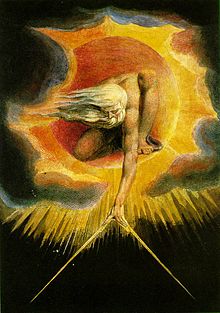
Driven by the need to paint, Paul Gauguin abandoned his family, left France, and spent his last years in Tahiti. A cocktail of poverty, alcoholism, and syphilis brought him death at the age of 55. His fusion of symbolic imagery with the post-impressionist style became influential only after his death, discovered and promoted by the influential art critic in Paris.
If you’re interested in the events and relationship of two famous artists- van Gogh and Gaugin, read the Moon and Sixpence written by W. Somerset Maugham, which is based on true events.
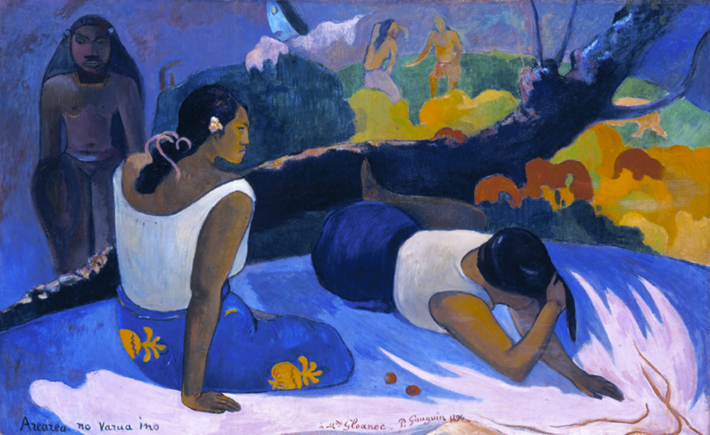
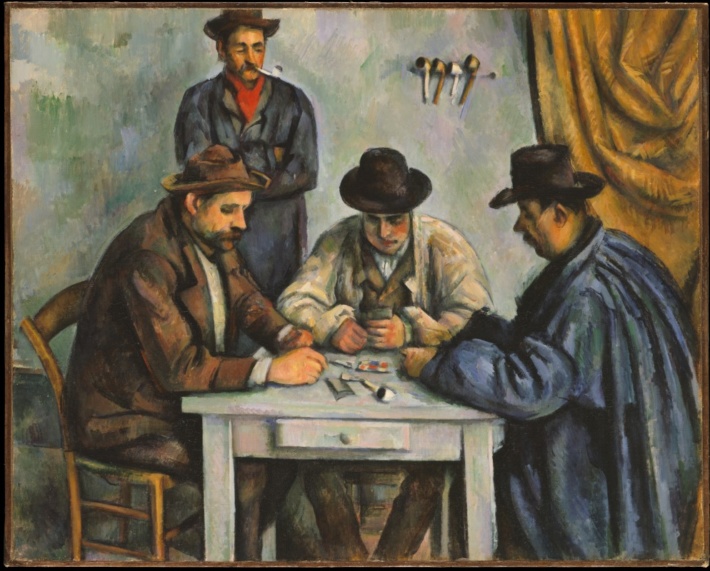
One of the most influential painters of modernity, Cézanne (1839-1906) had submitted his artwork to the Salon in Paris for 20 consecutive years. His paintings were not accepted into a single show even once. Self-taught, the post-impressionist painter, Paul Cezanne enjoyed the process of painting in isolation. Out of frustration, with introspection, and in search of perfection, Cezanne had a habit of throwing away his now-famous-paintings, creating art in the country. Like a number of artists, Cezanne had a very difficult relationship with his father who wanted the artist to become a lawyer. Like so many painters, Cézanne got famous after his death. Today his artwork sells for millions of dollars per painting. The Gulf nation of Qatar purchased Paul Cézanne’s painting The Card Players (the 5th version) for a record-breaking $250 million. (By the way, there are more Cezannes in Philadelphia than in France, because of private collections’ acquisitions). One day the painter got ill, after being out in a thunderstorm. Cezanne spent his last few days of life painting, achieving what he always wanted to do – to paint until the end…
Innovation is often rejected in the beginning of a big trend. It takes time for the majority to catch up to trends that eventually become mainstream or fashionable. Artist’s success is rarely accidental. Yes, it could be a ton of hard work, but mostly it’s the ability to social climb or to be able to connect to the influential people in the field, promoting yourself tirelessly. Salvador Dali wasn’t social but he kept his career in trusted hands of his wife, muse and promoter- Gala. Wildly successful, Dali worked across continents and mediums to create personal art. Andy Warhol was a successful social climber who recognized the power of celebrity and often depicted celebrities in his silkscreens. Pablo Picasso knew how to attract attention to his art using his personality and connections. For instance, young Picasso immersed himself in the Parisian art scene in early 1900s. A city already buzzing with artistic innovation and experimentation, the artist actively participated in the art scene, befriending other artists and showcasing his work in various art galleries. This exposure fostered connections and helped him gain recognition within the art community [Source: Ian Leslie, “The Picasso Effect”]. Later, Picasso took a leading role in the Cubist movement that attracted lots of attention. The artist also developed strong relationships with some influential art dealers like Ambroise Vollard and Daniel-Henry Kahnweiler, who actively promoted and exhibited his work, contributing significantly to his commercial success and public recognition [Source: Museum of Modern Art, “Picasso and the Avant-Garde in Paris”]. Therefore, while we can admire the skill and creativity of each artist, a successful career is a lot more than just having a talent. Artist’s presence in a creative environment, dedication, extraversion and the support of key individuals within the art world can either propel the artist to the top or leave him at the bottom of desperation and poverty.
Originally published in 2012
Check out visionary art for sale
